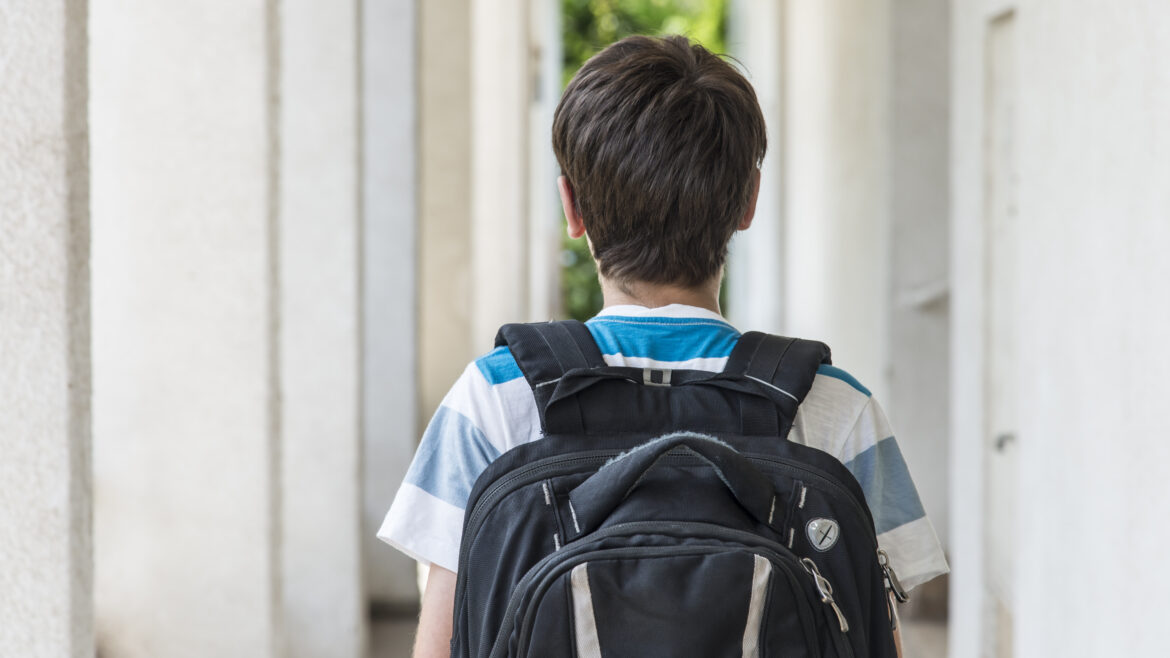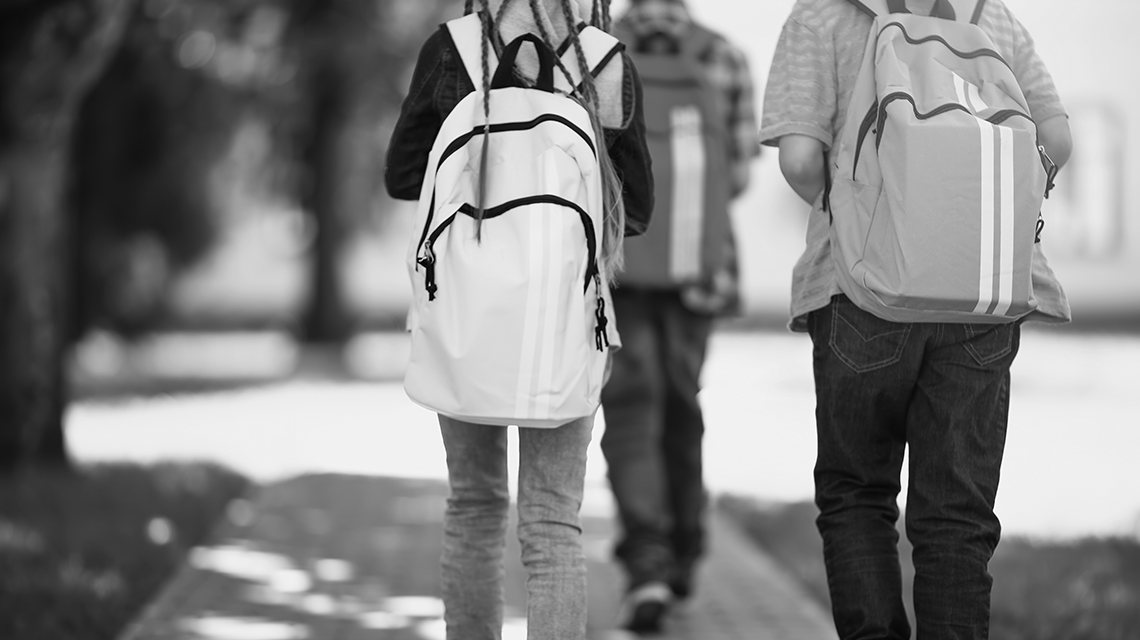Scalable Delivery of Universal Suicide Prevention in Schools
Scalable Delivery of Universal Suicide Prevention in Schools https://pediatricsnationwide.org/wp-content/uploads/2024/04/AdobeStock_90439113-1024x657.jpg 1024 657 Pam Georgiana https://pediatricsnationwide.org/wp-content/uploads/2023/07/May-2023.jpgImplementing the Signs of Suicide (SOS) Prevention and Screening Program Suicide is the second-leading cause of death among youth ages 10 to 19 years, and data indicate no sign of it decreasing as a major public health issue. While acute care and crisis intervention are critical efforts to reduce adolescent suicide rates, there is…










